1. Dynamic Game Difficulty Adjustment
Before AI, games had static difficulty levels, which could not adapt to the player's skill level, leading to either too challenging or too easy gameplay. Players often had to manually adjust difficulty settings, potentially disrupting immersion. AI algorithms dynamically adjust the game's difficulty in real-time, based on the player's performance. This ensures a consistently engaging and challenging experience for players of all skill levels, maintaining interest and immersion throughout the game.
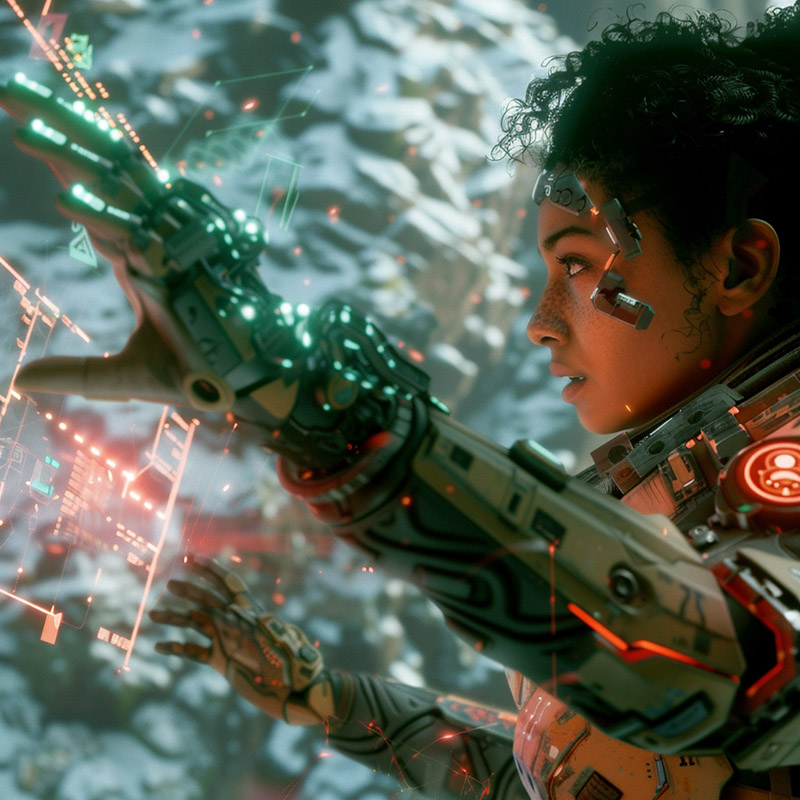
2. Realistic NPC Behavior
Before AI, Non-Player Characters (NPCs) followed simple, predictable patterns, which could easily be learned and exploited by players, reducing realism and immersion. With AI, NPCs exhibit complex, life-like behaviors, making decisions, and reacting to players in more realistic ways. This unpredictability enhances the depth and immersion of game worlds, making interactions more engaging and believable.
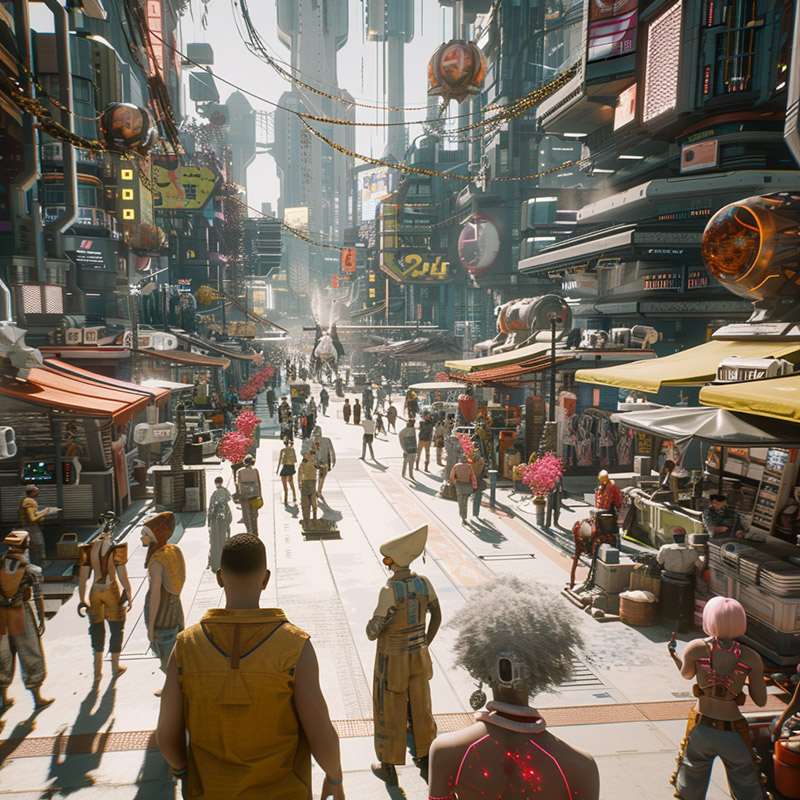
3. Procedural Content Generation
Game content used to be manually created by developers, limiting the variety and size of game worlds due to time and resource constraints. AI algorithms can generate vast, diverse game worlds and content procedurally, offering players unique and infinite gameplay experiences. This not only extends the replay value but also allows for more creative exploration opportunities.

4. Improved Game Analytics
Before AI, game analytics relied on basic metrics, providing limited insights into player behavior and preferences, making it challenging to refine games based on player feedback. Advanced AI analytics tools offer deep insights into player interactions, preferences, and behaviors. Developers can use this data to optimize game design, balance, and monetization strategies, significantly improving player satisfaction.

5. Enhanced Player Experience Customization
Before AI, customization options were often superficial, affecting only visual elements without influencing gameplay or narrative experiences significantly. AI enables deep customization of gameplay, narrative, and difficulty tailored to individual player preferences, leading to highly personalized gaming experiences that adapt to the player's actions and choices.
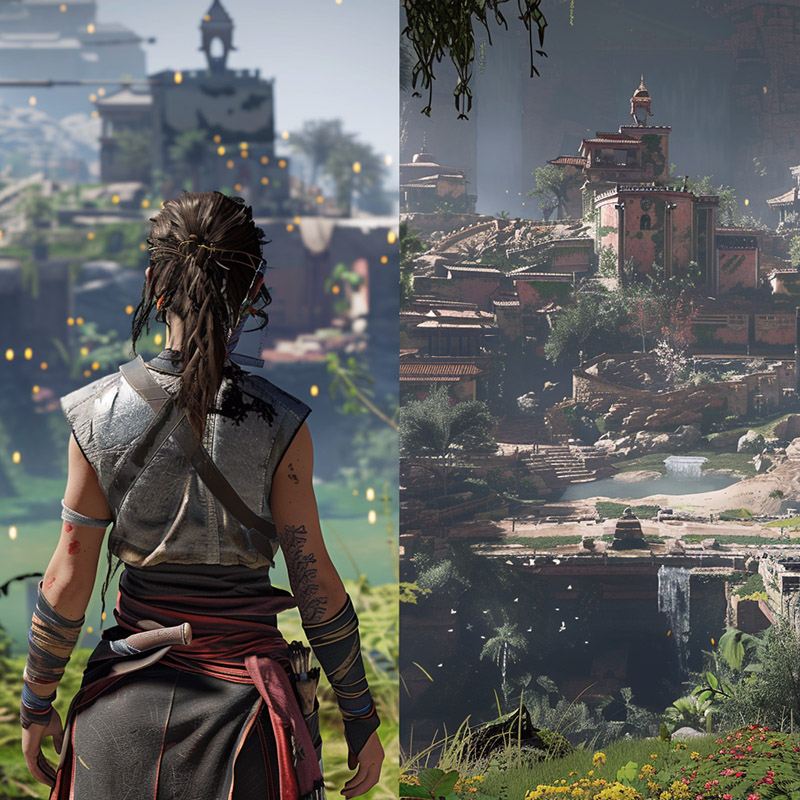
6. Voice Recognition and Interaction
Voice interaction in games was limited and often gimmicky, with little impact on gameplay or narrative. With advanced AI-driven voice recognition, players can interact with game worlds and characters in natural, meaningful ways. This opens up new gameplay mechanics and narrative possibilities, enhancing immersion and accessibility.

7. Real-Time Translation and Localization
In the past, games required extensive time and resources for translation and localization, delaying releases in different regions. AI enables real-time translation and localization, making games instantly accessible worldwide. This not only expands the audience but also allows for more seamless multiplayer experiences across different languages and cultures.
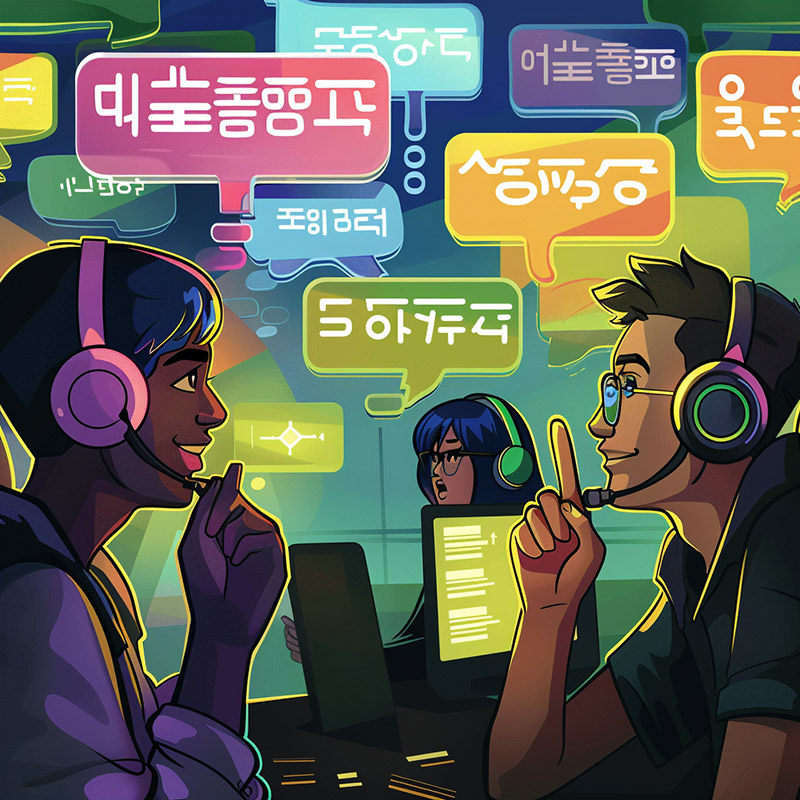
8. Advanced Graphics Rendering
High-quality graphics rendering required significant computational resources, often limiting the complexity of game worlds and characters on average hardware. AI-driven rendering techniques optimize performance, enabling more detailed and complex graphics on a wider range of hardware. This allows for more visually stunning games that are accessible to a broader audience.
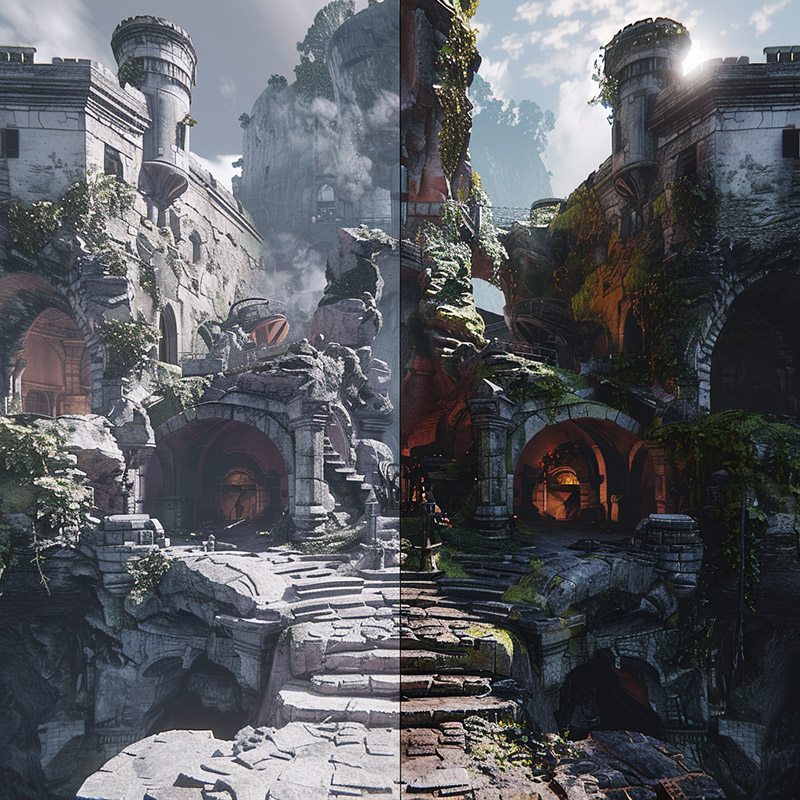
9. Intelligent Game Design Assistance
Game design was solely reliant on human creativity and trial-and-error, which could be time-consuming and inefficient. AI assists in game design by suggesting improvements, generating content, and testing game mechanics. This accelerates the development process, allows for more experimentation, and helps in achieving polished gameplay.

10. Emotion Recognition for Adaptive Storytelling
Game narratives were linear or followed simple branching paths, with limited adaptation to the player's emotional state or decisions. Emotion recognition technology, coupled with AI, allows games to adapt narratives and character interactions based on the player's emotional responses. This creates deeply personal and immersive storytelling experiences that resonate on a more emotional level.
